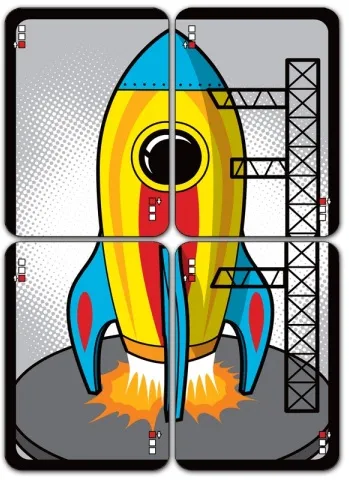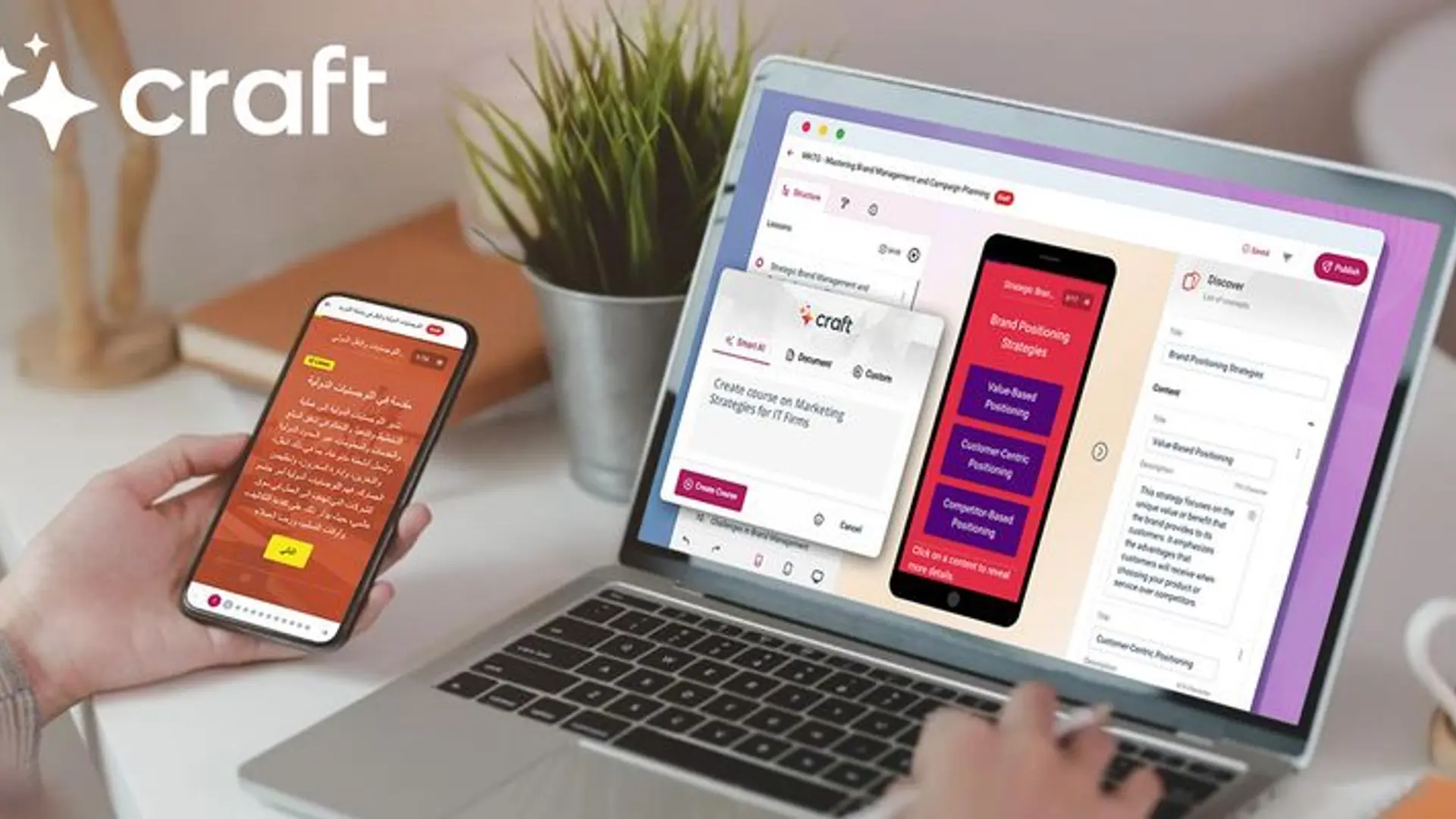[Friday Learning] Launch Right, Bright with Spotlight
Big launches, big budgets, big companies backed with big resources. Startups can execute a successful launch with shoe string budget. This article will share insight related to successful brand & product launch.
Most entrepreneurs aspire to be Steve Jobs & launch iconic product brands. To get to that reputation of a maverick, entrepreneurs need to learn how to go beyond product & talk about benefits & impact; experience product has on the customers. Many times startups use all the capital to build the product & nothing left to launch & sell it. Every company will once have an opportunity to do a product launch in its lifespan; fortunate ones will do it regularly. It is utmost critical period for start-ups when it is launching the first product or brand. The success of product or brand launch determines the entrepreneur’s future. How does a startup plan a successful launch? How can start-ups derive benefits from the launch? How can they define their addressable segment more effectively & design the launch strategies. It is extremely important for companies to learn, how to get brand alignment with the product category. Brands & product both are significant so start-ups need to balance spotlight appropriately during the launch.

A product or brand launch is a strategic decision which needs to have a well laid out planning with right goals in mind. Every launch’s underlying purpose is to build a sales velocity in the market. It’s a marketing method to go from zero to exponential growth in revenues. Get right market positioning and messaging in sync with the launch keeping in mind the customers & channel partners. There has to be a revolutionary visible impact to change lives of the customer with the new release of the said product. Remember a confused customer will defer its purchase or buy products which articulates its value proposition appropriately. In the launch customer sees, understands & then buys. Products should have its own niche category to garner attention. If startup can afford to launch its product in an event format, make it an unforgettable showcase for audience. If the startup has information like buyer’s demographics, behaviour attributes of the customer they’re targeting to reach, then launch can be designed in a conventional controlled cost model. Get enough use case content in digital format ready in an accessible mode for customers to self-serve. Look out for opportunities to advertise & promote benefits on social networks. Use blogging community to review the product and spread the good word on impact the product will have on the lives of buyers. Create enough ammunition for PR & word of mouth promotions of the product. Give critics & customers something to rave about in social media during the launch. Every customer today has multiple choices to choose from, launches are the best way to explain buyer why the new product is different, with its unique advantages. Infuse a product loyalty module to keep the customer engaged while he is thrilled with the success of the new launch.
In the pre-launch phase create enough buzz for the product in the ecosystem which generates desire to learn, use & feel. Create a clear road map easy purchase process, options & availability. Showcase in the launch a third party trust seal, validation or certifications. Work in depth on price point of multiple versions or SKUs while you unveil the pricing to public. Get ready with the logistics supply chain backend process in place before the launch. Market research helps in pre-launch phase with enough data points for entrepreneur to create a perfect launch. Marketing campaigns needs to be rightly done to address target market to gain maximum bang for the buck. Government or regulatory compliance should be in place for the product before the launch. Sample the product sufficiently before launch to create buzz. With launch ensure you customer support team is aligned to manage the demands that come with the launch process. Sales team should be well informed to encash the initial excitement during the launch. Channel partners have to be trained to help give last mile connect to customers. Educate the media adequately. They can act as the spokesperson in the community to get out the good word about the product. Ask marquee customers to become case studies & endorse the product brand during the launch. Plan an incentive for customers to write good reviews, ratings on social media.
Startups need to formulate launch goals & how its performance will be tracked. Let's say it’s a mobile app launch & you want to track number of downloads in first week, month or quarter against initial goals set. Another metric can be number of star reviews about the product which again needs to be tracked. The depth of analysis on various KPIs will help startup understand the success of launch.
There is no doubt that launch timing plays a big role in success of the product. If it’s a B2B technology product best time is to launch within a mega industry event which gets you the right audience attention at fraction of cost. If it’s a consumer hardware or app then possibly during long weekends or vacation time, to ensure consumers have the time to fiddle around the product in a store or via trial download. If it’s a gift or exclusive luxury brand being launched then festival could be the best period. Startups sometimes also create a disaster for themselves by waiting too long to launch & release the product, tuning for the right product & perfect timing.
Brands can cut across product categories, but not the products. So launch of a brand is more important than products in the long term. Startups need to market the brand while they do the product launch. If the brand is strongly launched, registered in market then it will be the brand connection that facilitates new product launches in future. Startups should keep in mind while planning a new launch that brands & customers are highly emotional in nature while products are functional.


![[Friday Learning] Launch Right, Bright with Spotlight](https://images.yourstory.com/cs/wordpress/2013/07/Launch-Pad.jpg?mode=crop&crop=faces&ar=16%3A9&format=auto&w=1920&q=75)




